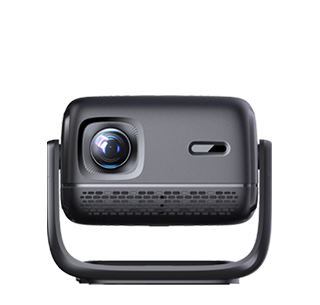
The minimum throw distance is a critical specification to consider when choosing a projector, as it determines the shortest distance between the projector and the screen required to produce a specific image size. Understanding minimum throw distance is essential for setting up a projector in spaces with limited room, such as small bedrooms, home offices, or apartments, where a long throw distance may not be feasible. In this section, we will explore what minimum throw distance is, how it is calculated, the different types of projectors based on throw distance, and how to choose the right projector for your space.
First, let’s define throw distance. Throw distance refers to the distance from the front of the projector lens to the screen. The minimum throw distance is the shortest distance at which the projector can produce a usable image. This distance varies depending on the projector’s lens type, zoom range, and the desired image size. For example, a projector with a minimum throw distance of 1 meter may be able to produce a 50-inch image at that distance, while another projector with a minimum throw distance of 2 meters may require twice the space to produce the same image size.
To calculate the minimum throw distance for a specific projector, you can use the following formula: Minimum Throw Distance = (Image Size × Throw Ratio) / 12 (where the image size is measured in inches, and the throw ratio is a specification provided by the projector manufacturer). The throw ratio is the ratio of the throw distance to the image width. For example, a projector with a throw ratio of 1.5:1 means that for every 1 foot of image width, the projector must be placed 1.5 feet away. A lower throw ratio indicates a shorter minimum throw distance, making the projector suitable for small spaces.
Projectors are typically categorized into three types based on their throw ratios: standard throw, short throw, and ultra-short throw (UST). Standard throw projectors have a throw ratio between 1.5:1 and 2.5:1, meaning they require a moderate amount of space to produce a large image. For example, a standard throw projector with a throw ratio of 2.0:1 would need a minimum throw distance of 8.3 feet to produce a 100-inch image (calculated as (100 inches × 2.0) / 12 = 16.67 feet? Wait, no, let's correct that. The image width for a 100-inch diagonal screen (assuming a 16:9 aspect ratio) is approximately 87 inches. So using the formula: Minimum Throw Distance = (87 inches × 2.0) / 12 ≈ 14.5 feet. This makes standard throw projectors ideal for medium to large rooms, such as conference rooms or home theaters with plenty of space.
Short throw projectors have a throw ratio between 0.5:1 and 1.5:1, allowing them to produce large images in smaller spaces. For example, a short throw projector with a throw ratio of 1.0:1 can produce a 100-inch image (87-inch width) with a minimum throw distance of (87 inches × 1.0) / 12 ≈ 7.25 feet. This makes short throw projectors suitable for small bedrooms, home offices, or classrooms where space is limited. They also reduce the risk of shadows being cast on the screen, as the projector is placed closer to the screen, minimizing the chance of people walking in front of the lens.
Ultra-short throw (UST) projectors have the smallest throw ratios, typically less than 0.5:1, and can produce large images from extremely short distances. Some UST projectors can produce a 100-inch image with a minimum throw distance of just 1–2 feet, allowing them to be placed directly on a table or shelf near the screen. This makes UST projectors ideal for small apartments, dorm rooms, or spaces where wall mounting is not possible. They also offer the added benefit of eliminating glare, as the light is projected at a shallow angle, reducing the amount of light reflected back to the viewer’s eyes.
When choosing a projector based on minimum throw distance, there are several factors to consider. First, measure the available space in your room, including the distance between the intended projector location and the screen. This will help you determine the maximum throw distance you can accommodate. Next, decide on the desired image size. A larger image size will require a longer throw distance, so if you want a 120-inch image in a small room, an ultra-short throw projector may be the only option.
It is also important to consider the projector’s zoom range. Many projectors have a zoom lens that allows you to adjust the image size without moving the projector. A larger zoom range gives you more flexibility in terms of throw distance, as you can adjust the image size to fit your space. For example, a projector with a 1.2x zoom lens can adjust the image size by 20%, allowing you to place the projector slightly further away or closer than the minimum throw distance while still achieving the desired image size.
Another factor to consider is the aspect ratio of the projector and the screen. Most projectors support 16:9 (widescreen) aspect ratio, which is ideal for movies and TV shows, while some also support 4:3 (standard) aspect ratio for presentations. The aspect ratio affects the image width and height, so it is important to choose a projector that matches the aspect ratio of your screen to avoid cropping or stretching the image.
Finally, it is important to test the projector in your space if possible. Many retailers offer demo units or return policies that allow you to try the projector at home before making a final decision. This will help you ensure that the minimum throw distance is suitable for your room and that the image quality meets your expectations.
Read recommendations:
HI Gift Customization - HI Series Projector
3D Function of Projector Screens
Equipment Required for Projector Installation
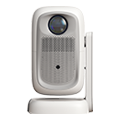
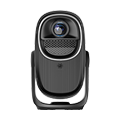



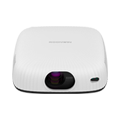
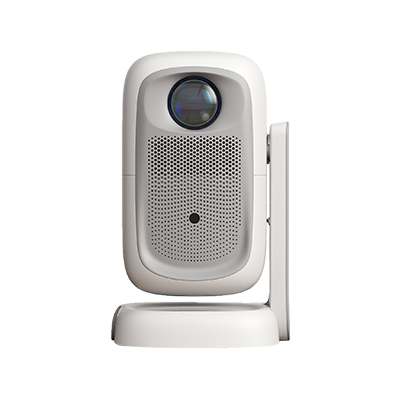
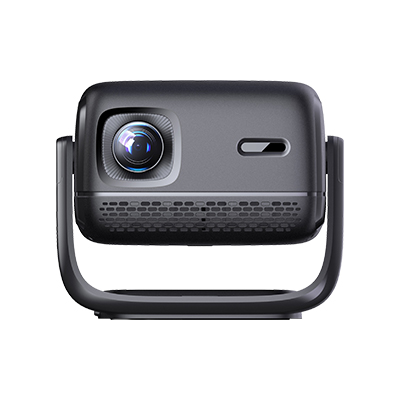
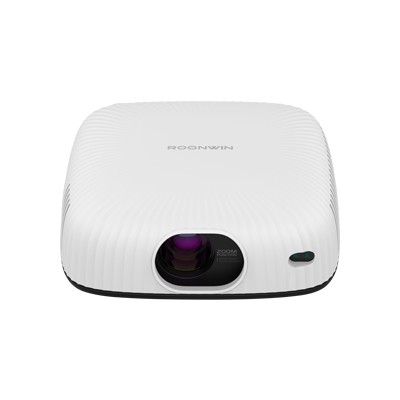









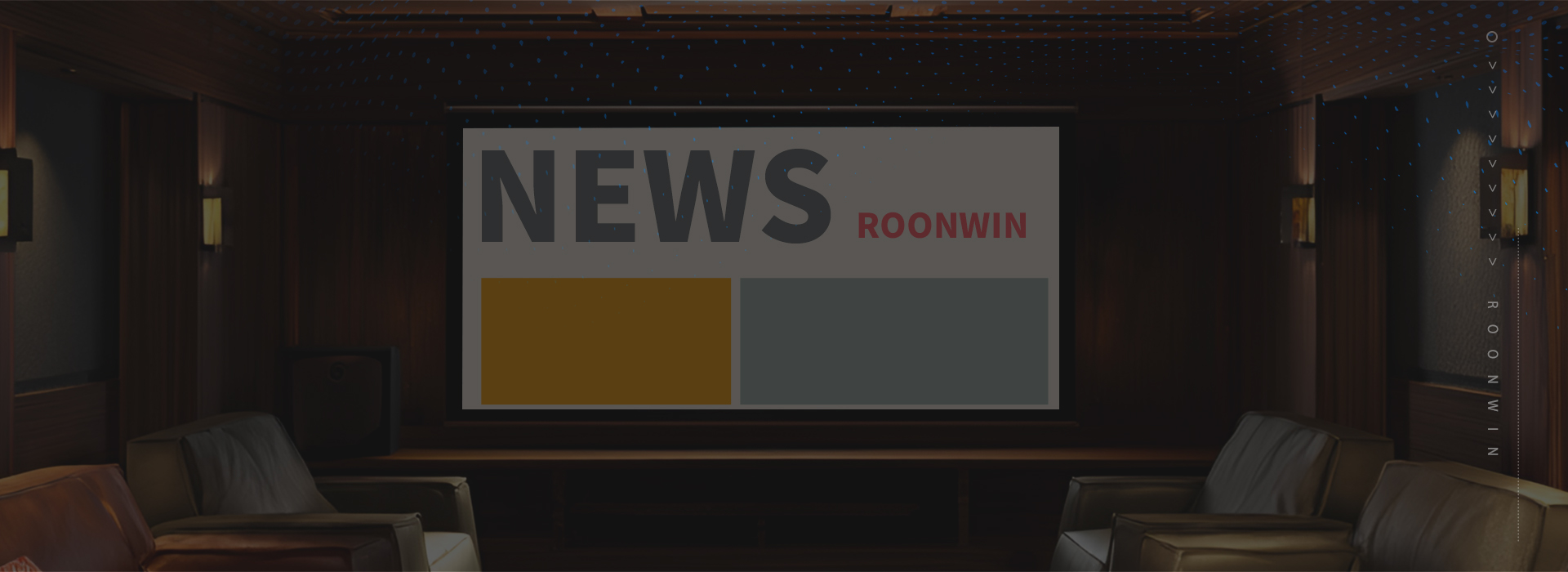
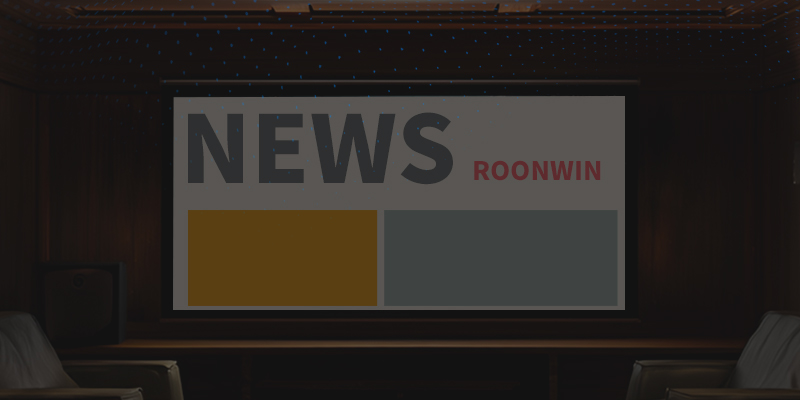
 Reviewed:
Reviewed:











